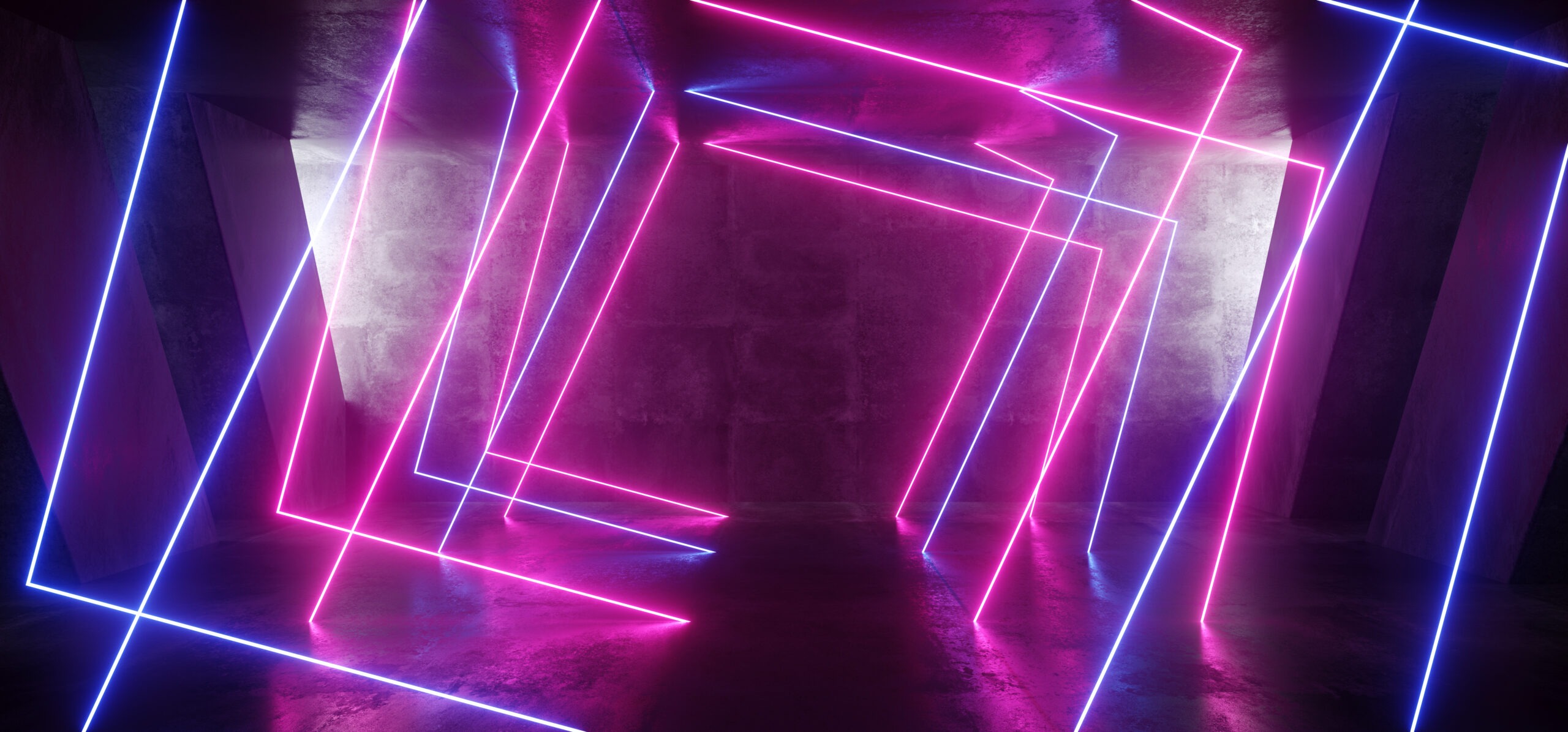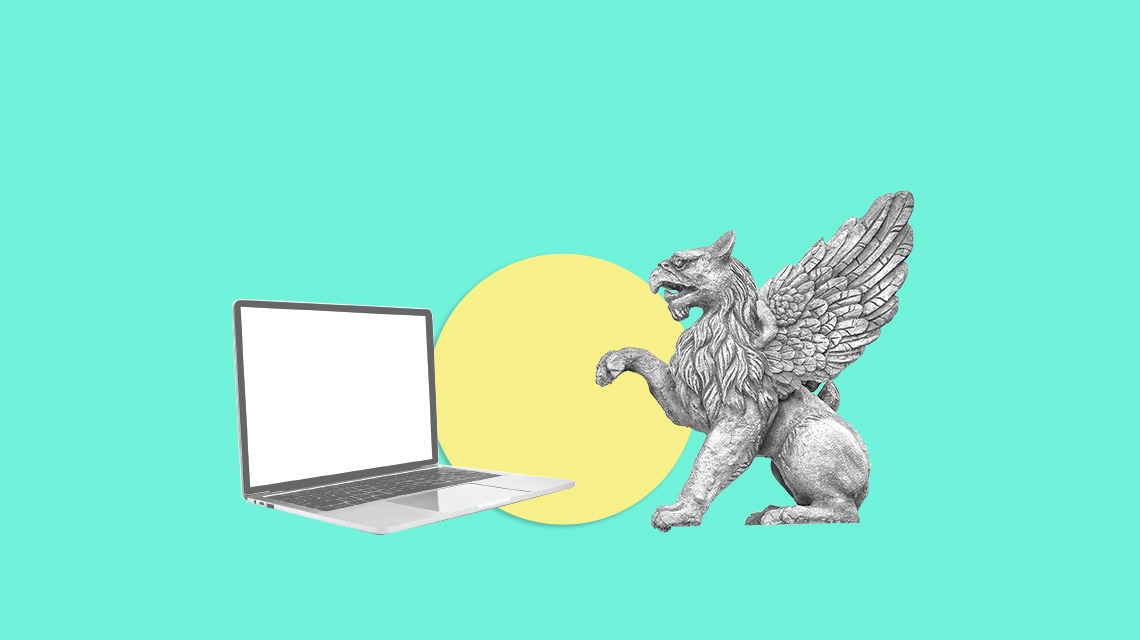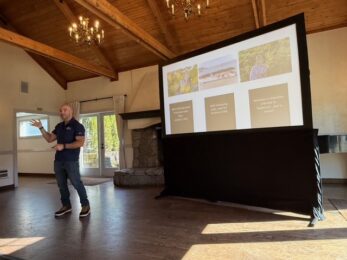A demonstration of how generative AI could help meeting planners be more productive
A few technologies seem to run in cycles. Every now and then, there’s a breakthrough, and interest ramps up, but if they’re not really solving a problem, they return to the background, until the next hype cycle comes along.
The Metaverse is a perfect example of this. We’ve had people playing around with virtual reality helmets since the 1950s. The latest VR craze was stimulated mainly by the founder of Oculus (now Meta VR) realizing that off-the-shelf phone parts could be combined to form next-generation hardware. While some improvements have been made to make them lighter and higher resolution, and despite billions being spent by Meta, nobody has found the “killer app” that makes VR the new iPhone.
Even a couple of years ago, I railed against event tech companies for using the term “AI” to describe some of their features and included it in my list of things event planners probably didn’t need to pay attention to.
This time, it’s different. Now, it’s time to start paying attention.
The services that create graphics like MidJourney and DALL-E, and chat services like ChatGPT, are just the tip of the iceberg for this new generation of AI. And unlike the Metaverse (for which meeting and event use cases have seemed a bit forced), every time I have a conversation with other folks interested in this new technology, I walk away with a handful of new ways we can improve the lives of everyone connected with events: planners, attendees and all the stakeholders in-between.
“This time, it’s different. Now, it’s time to start paying attention.”
Far from being here to take our jobs, AI has the very real potential to make us more productive, more creative and better able to handle the shortened and more-demanding time frames our industry is facing.
Creative Blocks, Be Gone!
The “flavor” of AI that has caught the public’s imagination over the last few months is known as “Generative AI” because it creates completely new content based on what you ask for, and what it’s been trained on. Services such as DALL-E and MidJourney were trained on millions of images, breaking them down into their most basic elements, and then (with the help of feedback and special AI learning models) putting them back together again in completely new ways. ChatGPT was trained on millions of documents, web pages, books, and other text. Once again, generative AI has been around since the 60s, but several recent breakthroughs and creative uses of today’s incredibly powerful server technology have taken things to a whole new level.
Read More: ChatGPT Does It All
While some creative artists, photographers, and graphic designers are pushing back on generative AI, other creatives are embracing it, especially when it comes to overcoming the “blank page” roadblock. Many writers and artists are able to work for hours once the project is started but struggle with those first moments of staring at an empty computer screen. With generative AI, you can literally ask it to create any image that comes to your mind, and in the case of MidJourney, you’ll receive four variations on that theme. Don’t like what you see? You can refine the written request and get something completely new.
Likewise, writers can use ChatGPT to get the juices flowing. While there are definitely going to be some issues with people passing off AI-written work as their own (I’m looking at you, middle school English students), generative AI’s writing is often a little weird, and frequently inaccurate. What it does is, once again, get a writer started, and the human writer can then clean up and edit the verbiage appropriately. It’s not hard to imagine (and indeed, some are already experimenting with) using these services to generate session descriptions, “learning objectives” and other common, but not necessarily fun or creative writing.
Summarize All the Things
One way generative AI can write these types of pieces is that it’s really good at summarizing. You can literally “train” it on your own writing, website or other content, and then ask it questions, have it summarize or perform other analyses. You can feed it a script or syllabus, and it will summarize however concisely you’d like—50 words, 100 words, etc.
When I’m applying to present at an industry conference, the part I hate the most is coming up with “learning objectives” for the session. Problem, no more! I fed the text of this article up to this point into ChatGPT and asked it to give me three learning objectives a reader could expect to achieve. Here was the response:
Understand the concept of generative AI and its potential applications in the event industry.
Read More: The Return to Innovation Is On the Horizon
Learn about specific examples of how generative AI is currently being used in the event industry to create graphics, generate custom stage designs, and more.
Recognize the potential benefits of using generative AI in event planning, including increased productivity, creativity, and the ability to handle more demanding time frames.
Not amazing, but not half bad. I could easily tweak that a bit and it would be better than half the learning objectives I’ve written over my career!
Another use is taming those 45-page RFPs that can frequently pass across event folks’ desks. During a recent pitch our company was presenting, the first question asked by the potential client was about our ability to handle national travel and multiple events simultaneously. After the pitch meeting, as an experiment, our Creative Director passed the RFP to ChatGPT and asked it to summarize it, with an emphasis on what the most pressing concerns or questions for the client might be. The first question listed? It was about our ability to handle national travel and multiple events simultaneously. While the salespeople at the meeting were able to answer the question effectively, having this kind of insight in advance of the meeting could be quite the competitive advantage.
Centaurs, Cyborgs, and Chimeras
Some folks are calling this hybrid human/AI work a “Centaur” after the half-man, half-horse of Greek mythology. Others are calling it a “cyborg”—half human, half robot. That’s because the combination of the human and the AI is where the real magic is, creating a final product better than either could potentially create on their own. If you’ve seen any of the work being done by artists on MidJourney or other generative AI art sites, you’ll probably agree, as it’s some of the craziest, most beautiful digital art you’ve ever seen.
But where things get really funky is when we think about adding even more into the mix, creating a “chimera”- a Greek mythological beast consisting of multiple animals mashed together. To achieve that feat, creatives are using AI to generate AI prompts… to generate content… and then using AI to refine those prompts to achieve better results. So basically, you can create a MidJourney prompt to create an image, then tell ChatGPT what you’d like to improve or change about the image, and ChatGPT will give you a refined prompt that you can then re-input into MidJourney to generate a new, and hopefully improved, image.
Mind. Blown.
Using this technique, creative artists in the event industry are generating completely new, photorealistic renderings of stage designs that have never existed, including set pieces, video screens, and lighting. Need some royalty free stock imagery for you PowerPoint or conference branding? Just type “Imagine/ an image of a woman on top of a mountain with arms raised in victory with a beautiful sunset behind her” into MidJourney, and it will spit out four options for you, which you can then refine to get something better, or bring into your photo editor to make a few changes or fixes (weirdly, a lot of these AIs are really bad at drawing hands, and nobody’s sure why).
To wrap things up, I asked ChatGPT to write a concluding paragraph, and here’s what I got:
“In conclusion, generative AI is a technology that event planners and professionals need to start paying attention to. It has the potential to revolutionize the way we work, making us more productive and creative while enabling us to handle more demanding time frames. From creating graphics and generating custom stage designs to summarizing lengthy documents, generative AI is already being used in the event industry with great success. As with any new technology, there may be challenges and concerns to address, but the benefits and possibilities are too great to ignore. It’s time for event professionals to embrace the power of generative AI and see where it can take us!”
Couldn’t have said it better myself!
Good, Better, Bedazzled
How advances in AV products are improving events at all points in the budget spectrum

Event technology that was extravagant even five years ago (a dedicated event app, for example) is now expected, in part because of the advances in development and adoption during the pandemic, and possibly because they just make sense in a world where we are worried about all that printed paper.
Smart Meetings sat down with Darius Vaskelis, chief digital officer with Encore’s global IT organization, to talk about how meeting professionals are strategically applying technology products to reach their goals and what might be next.
Good
Some tools that was seen as being a big deal in the past are now what Vaskelis calls, table stakes. One reason technology such as event apps are more ubiquitous is that the price and complexity of implementing has come down while the emphasis on engagement they enable has risen. “It is almost a requirement now,” he said. “You need a place to put everything.”
Creative use of lighting along walls, on-stage and beyond is something that could be less expensive due to the evolution of wireless can up-lights or more expensive depending on the sophistication of programmable special effects.
For streaming presentations, he calls for hiring a graphic designer to clean up the PowerPoint slides as the bare minimum.
Better
“Audiences are expecting programs to be at least as sophisticated as a television show,” Vaskelis said. The emphasis is on considering the content flow of the attendee journey. How you want people to feel before, during and after an event? “Expectations are that you are creating little sources of community and events have to be engineered so people remember the right things,” he said. That might mean upping the production values to get their attention, synching the audio and video, creating eye-catching visual effects. “Some meeting professionals are basically turning business meetings into rock concerts,” he said.
Vaskelis explained that audio-visual spend is an extension of the company image. If the brand stands for innovation, then their event has to reinforce that, pushing the envelope and going to the edges of what technology currently does. Even little details such as laser-controlled audio can leave micro-impressions that add up in the mind of the attendee.
 “There isn’t a short cut to thinking through the experience and applying the technology effectively.”
“There isn’t a short cut to thinking through the experience and applying the technology effectively.”
– Darius Vaskelis, Encore
One popular 2023 addition is the use of LED walls to create dramatic, immersive stage experiences. Vaskelis says the good news is that the price of basic LED arrays has gone down while the quality and resolution is better than ever before. “It is basically taking the place of projection mapping and can look more like decor that blends in rather than dated game show theatrics,” he said.
That same evolution of sophistication also means that event designers can spend more to do things not possible in the past, including wrapping design around the stage and taking the show outside.
The same dynamic is at play when it comes to audio. A single speaker can fill a room in a way that it couldn’t before and the price has come down significantly. Moreover, the equipment looks better than it did in the past and doesn’t have to be disguised on stage. Similarly, translation/interpretation software is no longer a budget crusher, Vaskelis said.
Today’s “wow-factor tech”—holograms, artificial intelligence, virtual reality and augmented reality should be reserved for when they are strategically appropriate while they are still custom creations, Vaskelis cautioned. Those applications could be off-the-shelf products in as little as five years and in 10 years could make huge leaps in sophistication, he predicted.
“We are feeling like we want to make up for lost time and leaning into technology to improve learning and engagement,” Vaskelis observed. “But you still have to spend the time and money. There isn’t a short cut to thinking through the experience and applying the technology effectively.”
—JT Long
This article appears in the digital-only May 2023 and June 2023 issue. You can subscribe to the magazine here.




